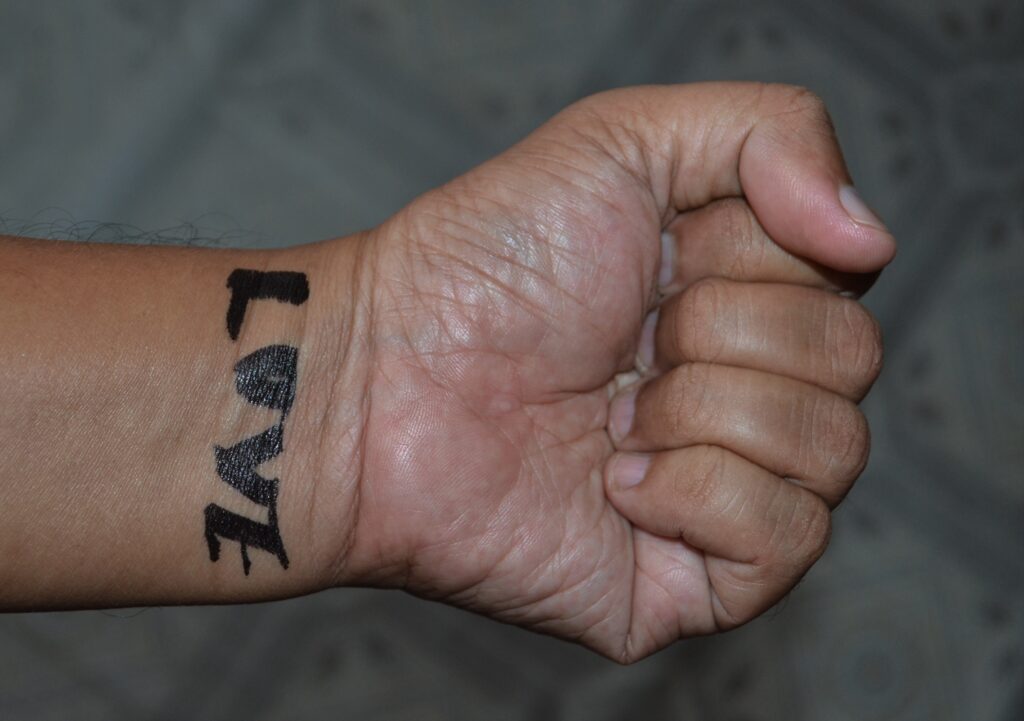Text and Photos by Henrylito D. Tacio
Close to one in five Filipino youth aged 15-24 have ever considered ending their life, according to the 2021 Young Adult Fertility and Sexuality Study, the fifth in the series of nationwide surveys on Filipino youth led by the University of the Philippines Population Institute.
“The share of youth who have ever experienced suicide ideation and suicide attempt more than doubled between 2013 and 2021, and the corresponding percentages among female youth are twice as high as that of male youth,” the study stressed.
Six in 10 of those who ever thought of committing suicide did not reach out to anyone about it, the study showed. The few who did so mostly sought help from close friends and peers (25%), followed by parents/guardians (7%), and other relatives (5%).
“Suicide as a cause of death among young people is increasingly becoming a problem in the Philippines,” wrote Mark Anthony Mujer Quintos in his study of predictors of suicide ideation among the Filipino youth.
Suicide is the ninth leading cause of death among those aged 20-24 since 2003 “and responsible for approximately one out of every three deaths among Filipinos aged 10-24,” Quintos said in his study which was published in Journal of Multidisciplinary Studies.
“For every suicide, there are many people who attempt suicide,” said the Geneva-based World Health Organization (WHO). “A prior suicide attempt is the single most important risk factor for suicide in the general population.”
“We cannot – and most not – ignore suicide,” deplored WHO chief Tedros Adhanom Ghebreyesus. “Each one is a tragedy.”
“Every single person is priceless, and any loss to suicide is a terrible misfortune,” said Constanza Daniel Gonzales, a board member of Global Dignity Philippines. “Nothing, including suicidal thoughts or behavior, can take away the inherent value of human life.”
Bullying, pregnancy and depression – not necessarily in that order – are some of the reasons why children and teenagers resort to suicide, which is defined as the intentional taking of one’s life.
Violence against children by their peers, in particular bullying, has received little attention in the Philippines, possibly due to the perception that bullying and fighting among children is part of school culture.
“A school is a student’s second home, and assumed to be one of the safest places for children. Unfortunately, for some this is where they experience abuse,” says a statement from the United Nation’s Children Fund (UNICEF). “Schools become the settings that expose children to violence, not just from their peers but also from teachers and school personnel.”
“Many parents are unaware that (bullying) is happening because they never discuss it with their kids and because bullying is often a kind of underground activity that many children won’t report,” wrote Dr. Richard B. Goldbloom in an article which appeared in Reader’s Digest.
On the other hand, studies conducted by the World Bank from 2000 to 2003 ranked the Philippines as one of the top 10 countries with an increasing number of teenage mothers. Seven out of 10 Filipina mothers are adolescents; most of them are below 19 years old.
A survey conducted by Health Action Information Network (HAIN) showed that most of these youngsters lost their virginity to the person they loved (boyfriend or girlfriend). When asked about the circumstances surrounding their first engagement in sex, more than half (54 percent) said they wanted it to happen at that time, while 38 percent claimed that their first sexual experience just happened.
About 4 percent of the 143 female respondents have been pregnant with the average age of first pregnancy being 17. Among males, 2 percent reported that they have gotten a woman pregnant.
“This disparity could mean that women, being the first to know if they are pregnant, are more inclined to admit their condition than boys,” the HAIN report explained. “On the other hand, boys may not be aware that their sexual experiences had resulted in pregnancy.”
The United Nations health agency listed 4.5 million cases of depression among Filipinos. But, according to the Department of Health, only one-third of depressed people in the country seek professional help. Besides, it is hard to detect depression among Filipinos. “People confuse depression for normal sadness,” Dr. Randy Dellosa, a psychiatrist, was quoted as saying.
Medical experts say that about a third of people with depression don’t know they have it. And two-thirds don’t seek treatment at all. “With proper treatment, most people with serious depression improve, often within weeks, and can return to their normal daily activities,” says the Mayo Clinic.
Among children and teenagers, the causes of depression are varied. Among children, it may range from peer pressure to bullying. For teenagers, it may be not performing well in school, being neglected by parents, break-ups with a sweetheart and having a hard time moving on, and pregnancy.
“Studies reveal that bullying can lead to depression,” writes Jocelyn G. Gayares in an article which appeared in Health and Home. “Many parents, however, believe children do not get depressed, more so, think of suicide. After all, what could children be depressed about? Instead, parents equate childhood and adolescence with fun and happiness, which is actually a misnomer.”
According to Dr. Gayares, “Children may attempt suicide by eating crayons or ‘overdosing’ themselves with water, because the still have no concrete grasp as to what kills and what does not. More often than not, suicide attempts of children may be misdiagnosed as ‘accidents.’”
Teenagers have different methods of committing suicide. “(They) have more definite ways,” Dr. Gayares, a certified child, adolescent and adult psychiatrist. “For females, it’s generally done through cutting of the wrist or overdosing with medicines. For male teens, it’s by hanging themselves or jumping off a high building.”
On why there is a difference between female teens and male teens, Dr. Gayares offers this explanation: “Female teens are by nature beauty conscious; they want to still look beautiful in their graves. Males, on the other hand, are generally more aggressive.” – ###










